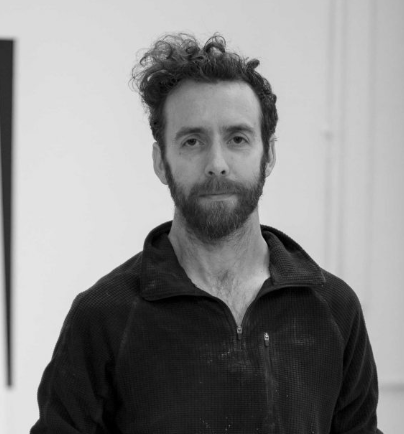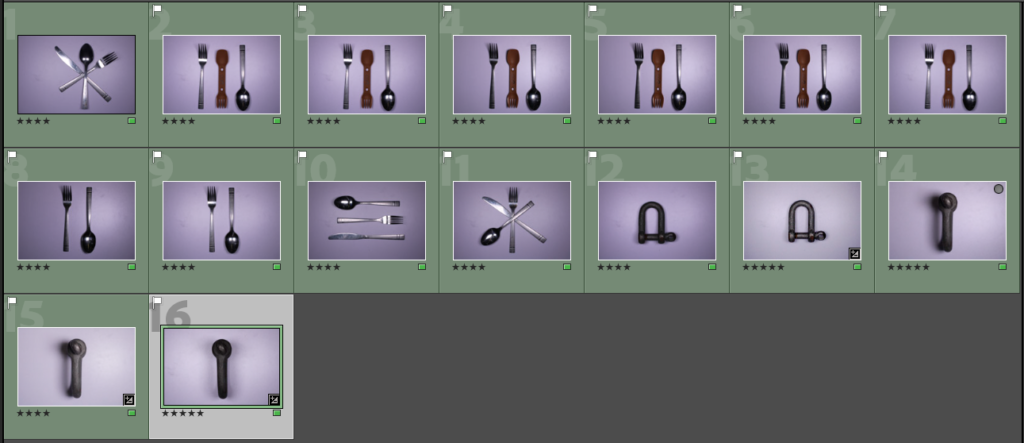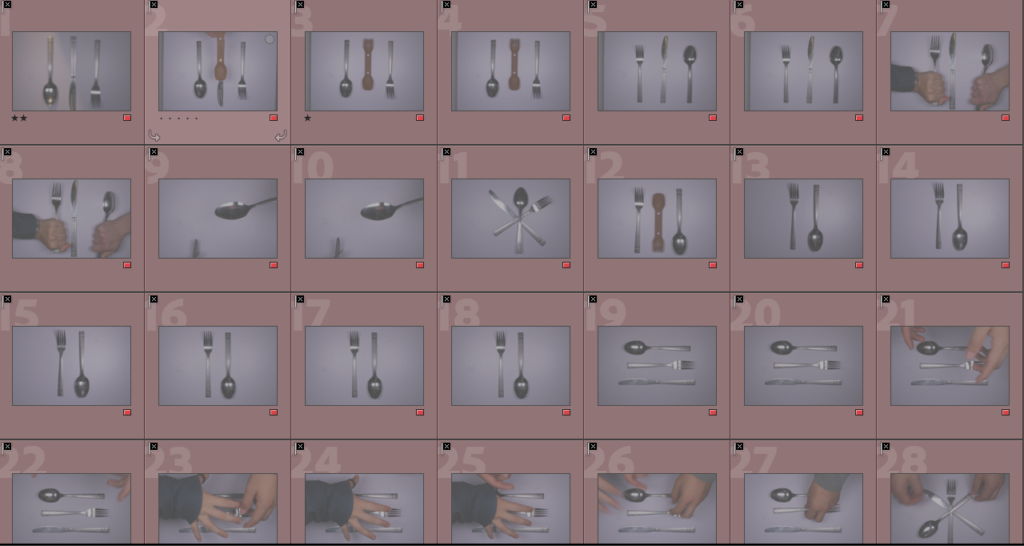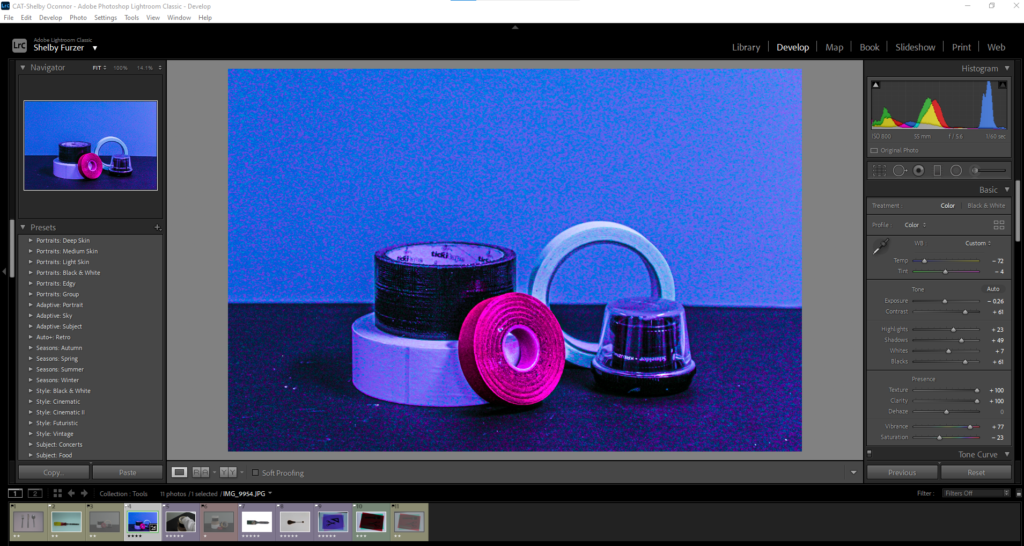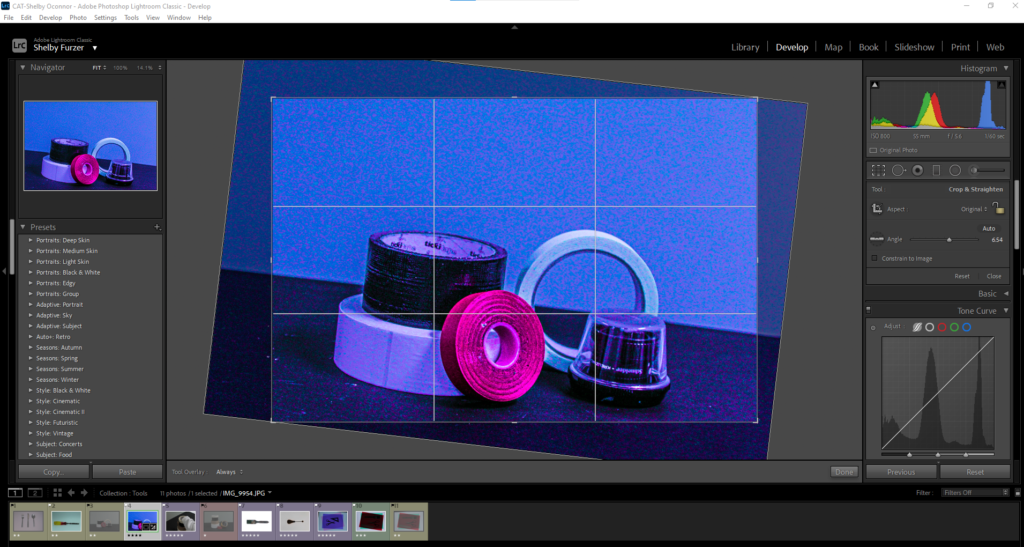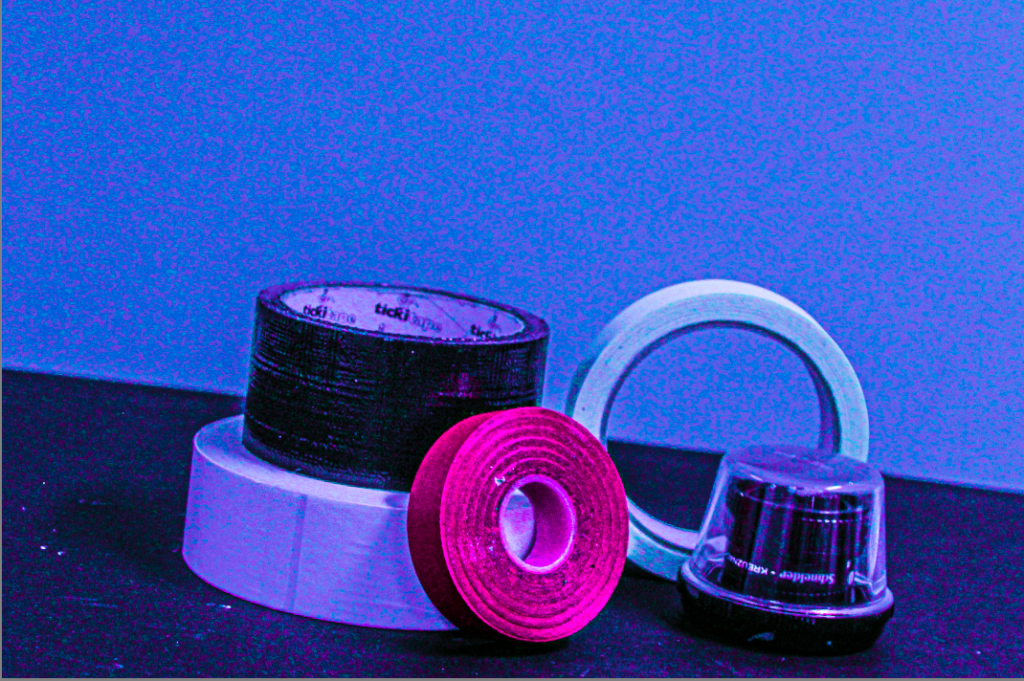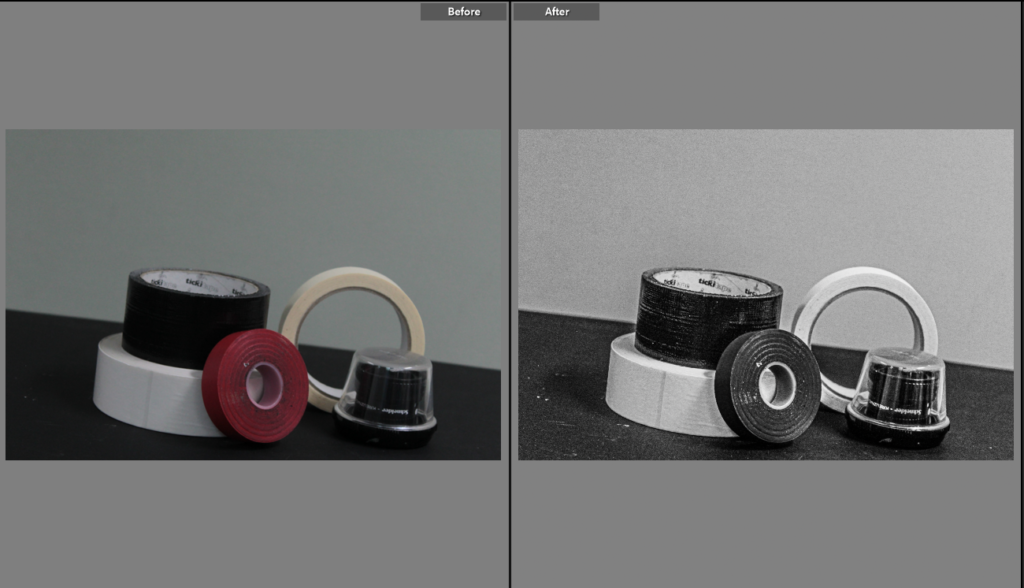Walker Evans
Walker Evans was an American photographer who was known for his for his black and white images which documented the impact of the Great Depression.
He had aimed to capture the quotidian beauty and diaristic events of daily life.

What makes his style unique is that he took pictures of his selected subjects in all sorts of angles and aimed to capture his images in the moment.
He had used a shortened exposure time in most of his images which allowed him to capture movements in time, as well as making the images sharp.
Below are examples of his work:
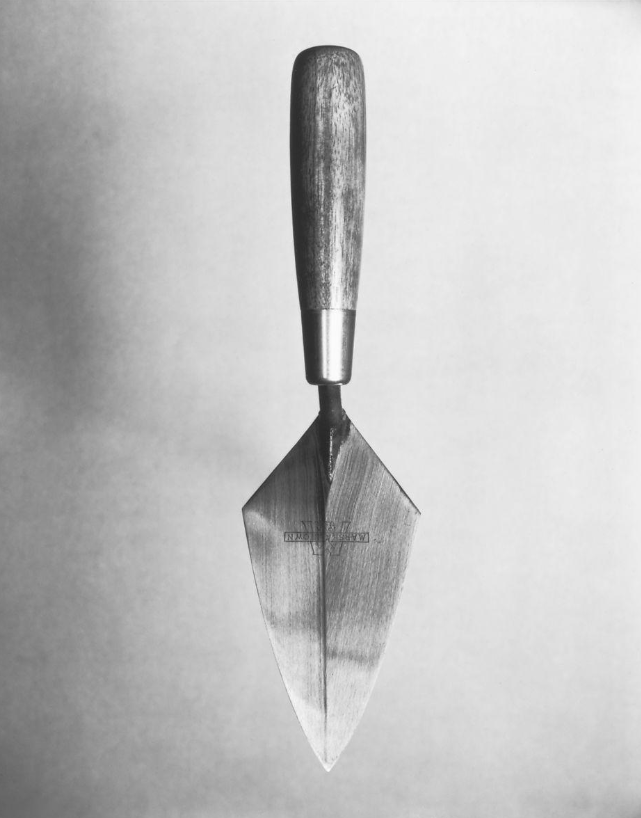
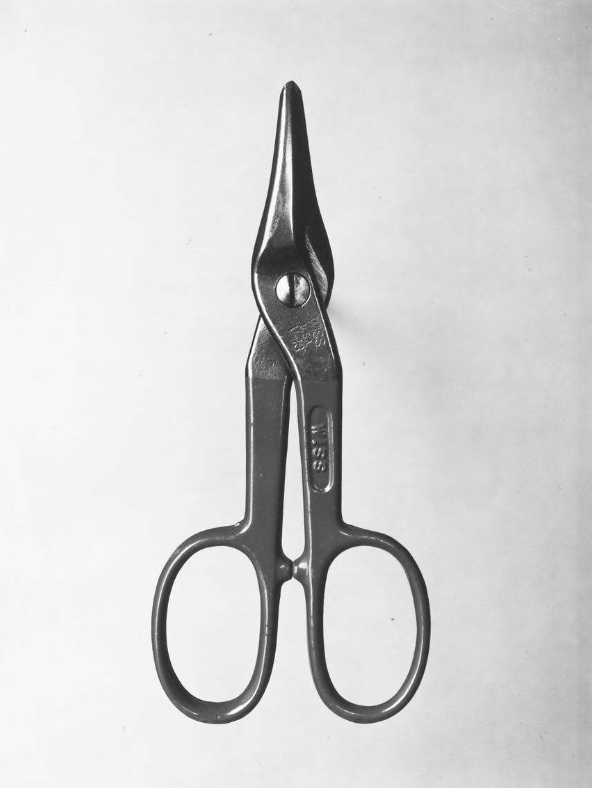
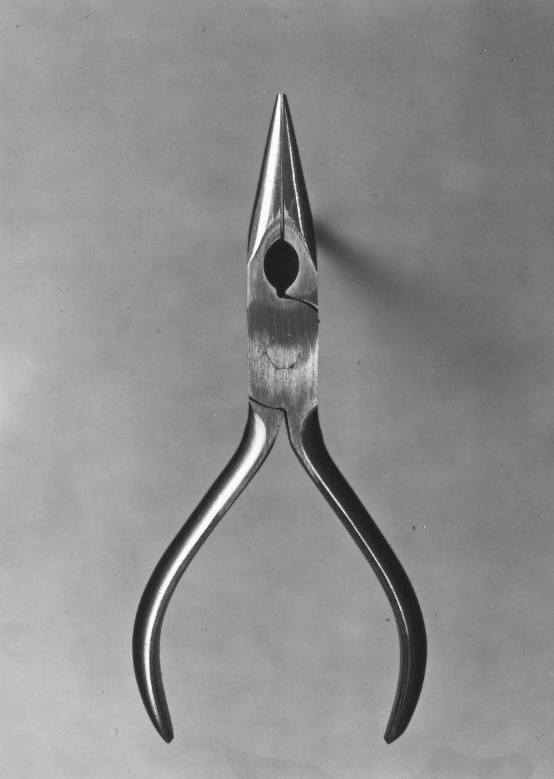
These images come from a portfolio created by Evans called “Beauties of the Common Tool” which was a commission by Fortune Magazine, that was originally published in 1955.
Darren Harvey-Regan
Darren Harvey-Regan is a graduate of the Royal College of Art in London.
He is heavily inspired by Walker Evans, who inspired him to construct a montage of Evans’ images, he had planned to make new forms by sourcing matching tools ,that walker Evans has used for his images, cutting them in half and re-joining multiple different halves together which resulted in the objects being photographed to create his final work.
Below are a few of Darren Harvey-Regan’s final images from his montage:
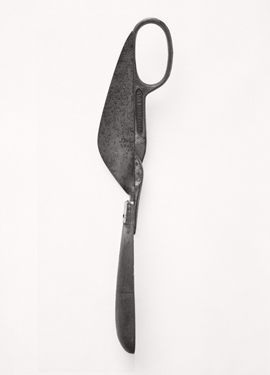
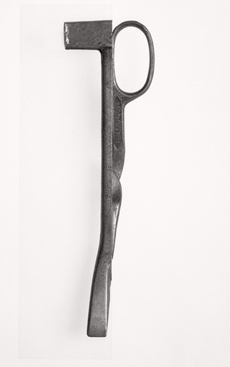
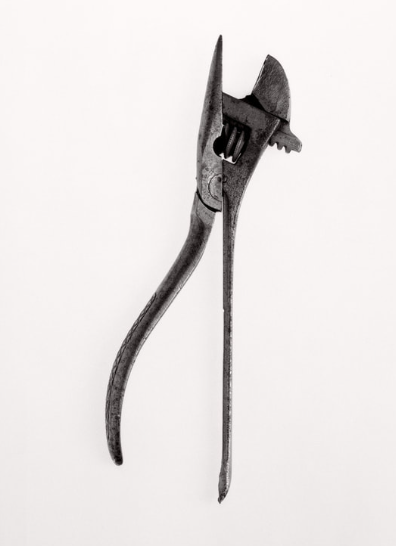
Comparison
Compared to Walker Evans, Darren Harvey-Regan has a more modernistic and abstract style and mainly focuses on still life, while Darren Harvey focused on the American working class people during The Great Depression as well as buildings and streets during that time.
Both photographers paid careful attention to choice of objects, composition, lighting and exposure values. They use/used a lot of texture in their work, as well as a huge range of shadows and tone, However, Walker Evans’ photos are much grainier and soft-looking than Darren Harvey-Regan’s work, which is much more clear and sharp.
Both photographers also use a large range of grey, white and occasionally black. They both also use artificial and natural lighting.
Walker Evans took his photos because of a commission from fortune magazine, he wanted to show the beauty of common tools through his photography. He wanted people to focus on the tools shapes and not just their uses; “Aside from their functions…each of these tools lures the eye to follow it’s curves and angles…” -Walker Evans
Darren Harvey-Regan also focuses on the shapes of tools and like in his montage he experimented with cutting two objects and placing one of their halves together to create a new tool using their different shapes and matching them up. He is inspired by object photography as well as the meaning behind tools themselves; “I think photographing materials is a way to consider the means of creating meaning, and it’s a tactile process with which I feel involved”.
